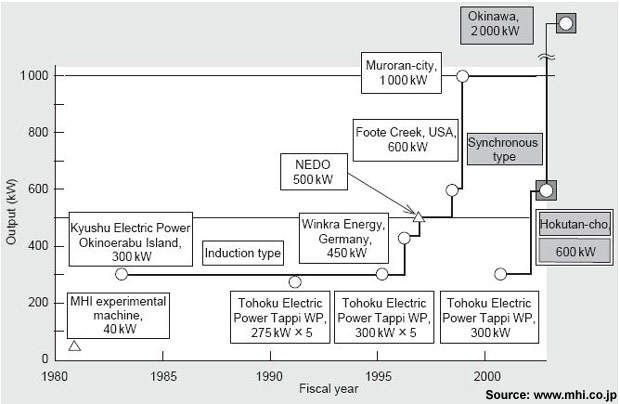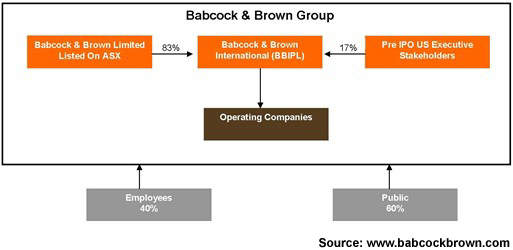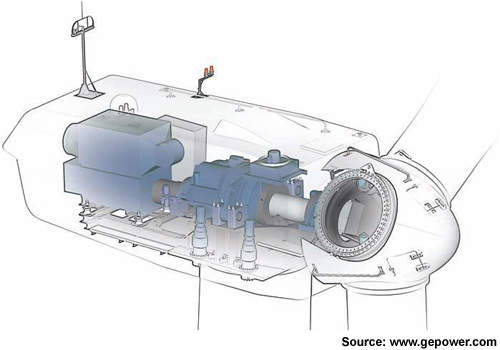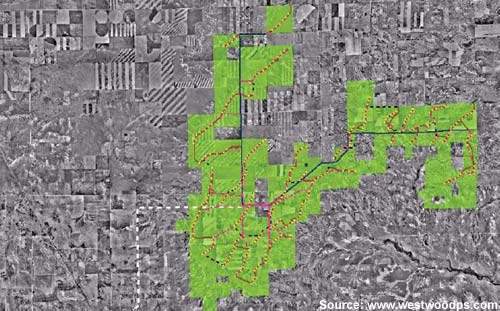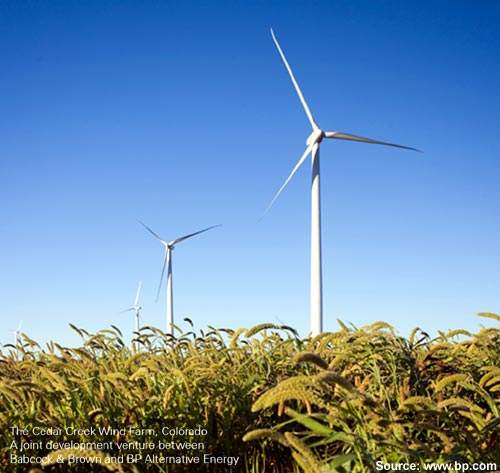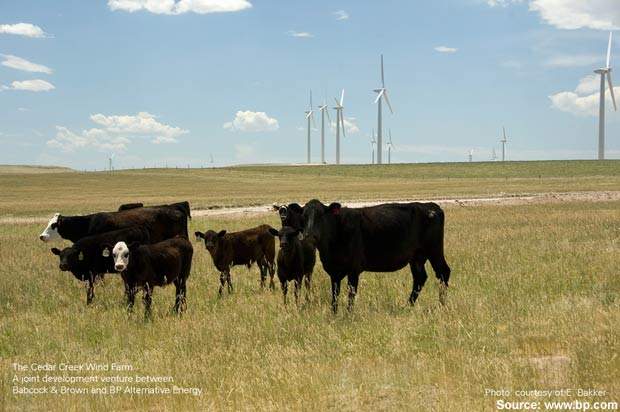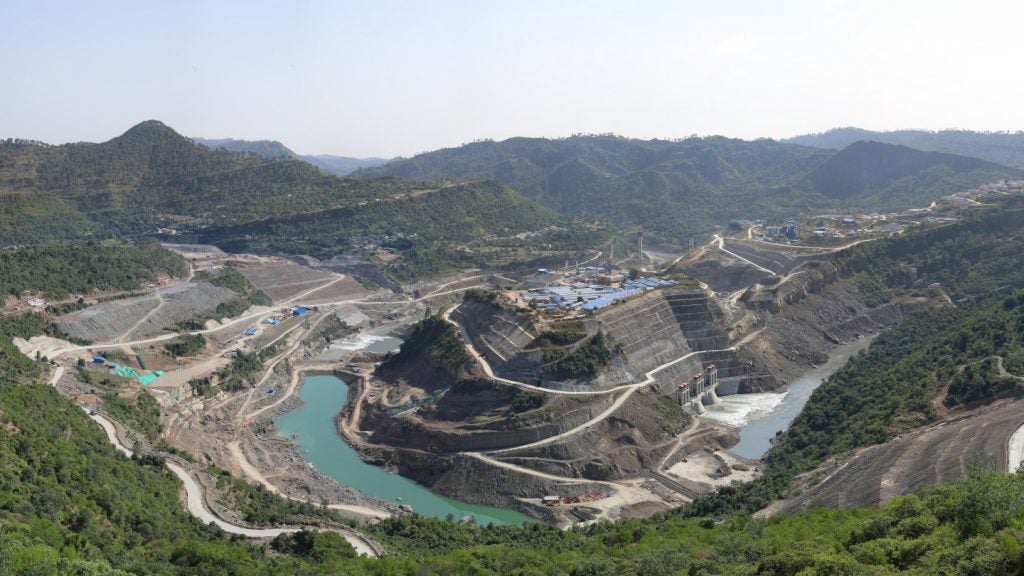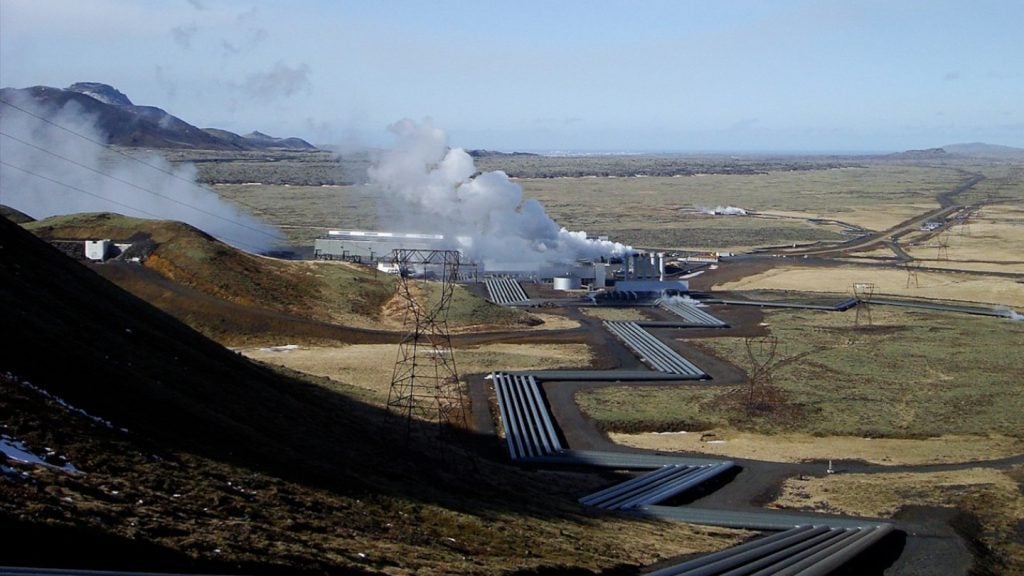
The 300MW Cedar Creek Wind Energy Project came on line in Colorado, US in October 2007. With 274 turbines, Cedar Creek is located in a 13,000ha (32,000-acre) site about 13km (8 miles) east of Grover in north-central Weld County, Colorado. It is one of the largest single wind-power facilities in the US.
Cedar Creek will help Colorado achieve its goal of 20% renewable energy by 2020. Cedar Creek Wind Energy LLC owns the plant, which is a joint venture between Babcock & Brown (67%) and BP Alternative Energy (33%). The capital investment was more than $480m.
A 120km (74-mile) transmission line connects to the plant, which will supply power to around 90,000 homes. The project employed over 400 workers during construction and there will be a full-time staff of more than 20 for monitoring and maintenance.
Cedar Creek MHI and General Electric wind turbines
Of the 274 turbines, 221 are 1,000kW models produced by MHI (Mitsubishi Heavy Industries), and the remaining 53 are 1,500kW turbines made by General Electric.
The 1,000kW MHI turbines have a hub height of nearly 70m (226ft) and a rotor diameter of 62m (202ft). Of the 221 turbines produced by MHI, 160 were manufactured at MHI’s Nagasaki Shipyard & Machinery Works, with the rest coming from the Yokohama Dockyard & Machinery Works.
MHI’s MWT-1000A 1,000kW turbines are designed for low-speed wind areas, with average annual values as low as 6–8m/s. The turbine has a rotor diameter of 61.4m, tower height of 60 or 68m, and an induction generator.
The 1,500kW General Electric turbines have a hub height of about 80m (262ft) and a rotor diameter of 77m (253ft). They are active yaw and pitch regulated with power/torque control capability and an asynchronous generator.
The machine uses a bedplate drive train design where all nacelle components are joined on a common structure for durability. Variable speed control and advanced blade pitch bring aerodynamic efficiency and reduce loads to the drive train. The generator and gearbox are supported by elastomeric elements to minimise noise emissions. Optional low-voltage Ride-Thru allows turbines to stay on line generating power even during grid disturbances.
Cedar Creek wind farm operators
In 2007, Babcock & Brown Wind Partners Group acquired B&B’s 100% Class B membership interest in Cedar Creek and two other wind farms for $309m.
Babcock & Brown is one of the top five wind energy developers and operators globally. It now has over 3GW of wind energy under development around the world, primarily in the US and Europe. Babcock & Brown Wind Partners has interests in 35 wind farms on three continents, with a total installed capacity of around 1.7GW.
BP America is the largest producer of oil and gas in the US. BP Alternative Energy combines all of BP’s interests in low and zero-carbon power generation: wind, solar, hydrogen power with carbon capture and storage and gas-fired power generation.
Field work and surveys
Westwood performed large-scale ALTA surveys and conducted intensive field work on 60 sections of land for Cedar Creek and along a 120km (70 mile) corridor for the 230kV transmission line. The ALTA survey for the transmission line alone was completed within an aggressive five-month schedule.
Westwood also provided topographic survey data along the 230kV transmission line route and along an additional 24km (15 miles) of overhead 34.5kV lines within the wind farm boundary.
Minneapolis-based M. A. Mortenson Construction constructed the wind farm. Castle Rock-based Great Southwestern Construction Inc. built the electrical transmission line. Above-ground transmission lines were constructed on private easements in a corridor extending from the wind farm substation south to an Xcel switching station in Keenesburg, Colorado.
Power from the project will be sold under a long-term contract to the Public Service Company of Colorado, a subsidiary of Xcel Energy Inc.

